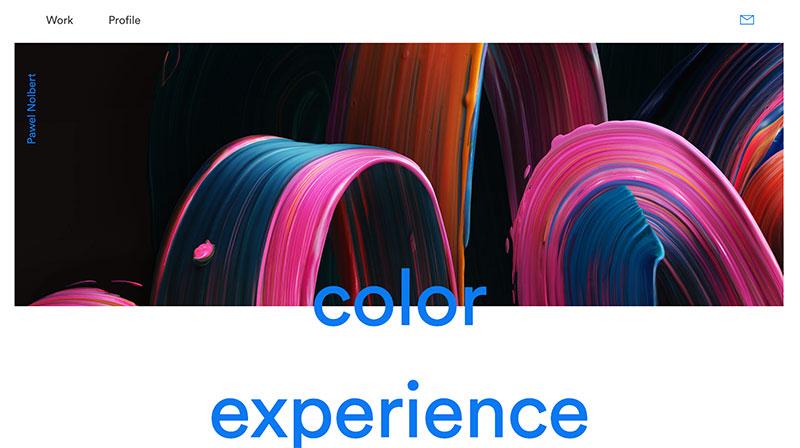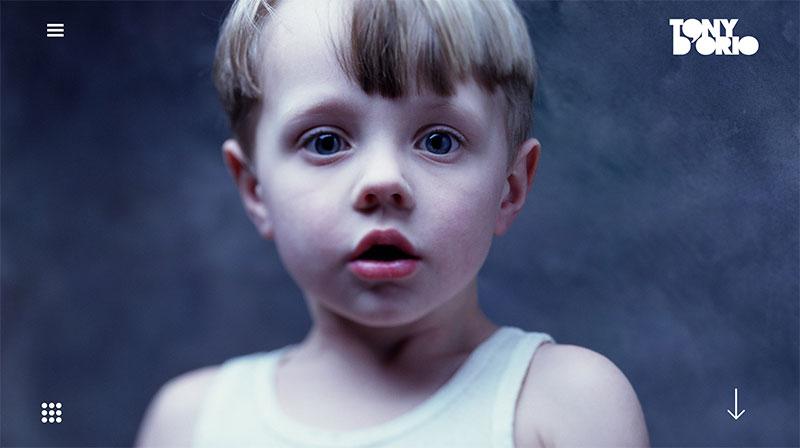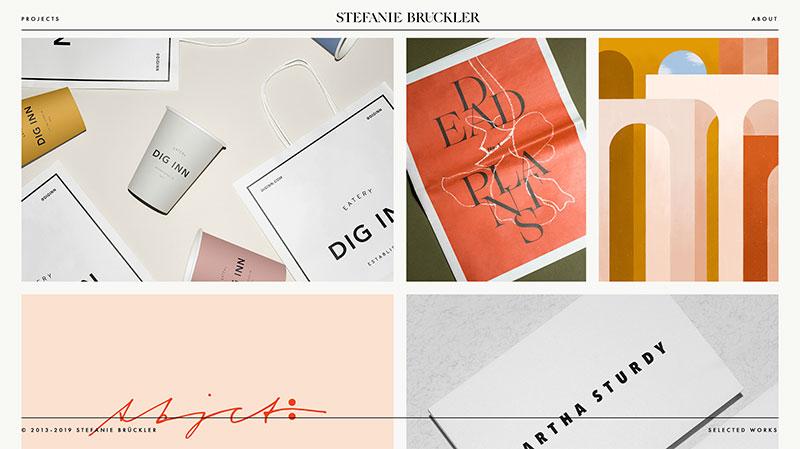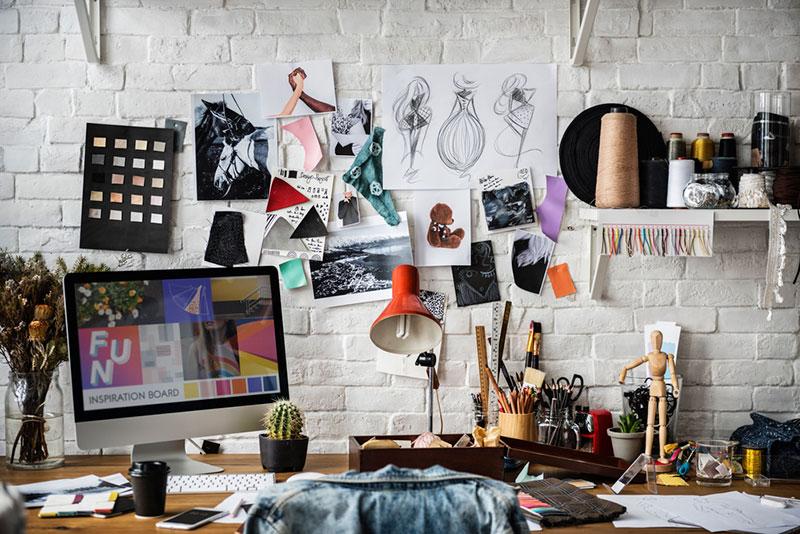How to Make a Creative Portfolio: Tips, Advice and Inspiration
Whether you’re just starting a career or you’re already a professional, you need to have a calling card that connects you with clients. In the creative field, the alternative to a calling card is a portfolio. Skilfully built, it showcases your the best of your work and attracts people to collaborate with you. Meanwhile, a portfolio that doesn’t contain the necessary content information, can actually confuse people.
So, how do you put together a creative portfolio that stands out amongst thousands of others? What are the peculiarities of creating a design portfolio or building a photography portfolio? What are the best portfolios to draw inspiration from? In this article, you will find answers to all of these questions and tips to improve your existing portfolio.
The ultimate list of tips on building a stunning portfolio
Research
The first thing to do when you’ve decided to make a creative portfolio is to research the great work done by professionals you admire. Do not concentrate on a particular niche but try to be like a sponge and soak up all the inspiration you can get from skilfully built portfolios. Ask yourself questions like why do you like it? What’s excellent about it? What can you use for ideas?
Having collected the insights, summarize the pros and cons of building portfolios in different ways and on different platforms, and create a plan you will stick to when making your personal creative portfolio.
Decide on the platform
Working on a portfolio means making a lot of hard choices. One of them is deciding on the platform where you will create a so-called calling card, as there are so many options on the Internet. Some of them fit any creative profession, some of them are relevant only for designers or photographers. To cut down your choice a little bit, here’s the list of the best options:
- build your own portfolio website
- start a portfolio on Behance
- or the alternative Dribbble
- use the Depositphotos website as a portfolio
- quick solutions – WordPress, Squarespace, Wix, and Tilda
Opt for variety
Another choice to make is to showcase the retrospective of your works or share just a few of the latest ones. The answer is simple: opt for variety. Your portfolio has to look like a mood board with a range of diverse works. There should be one central area of competence around which one should build a mind map of projects you’ve worked on.
Don’t include works that are older than 3 years. Stay up to date and follow trends. The fast pace of the contemporary world and technological development does not allow for a long living span of outdated projects.
Know your audience
Before filling your portfolio with information, decide on the audience you’re creating it for. For instance, if you’re a lifestyle photographer your potential clients can be bloggers, models, media, and simply people who’d like to participate in photo shoots. If you’re a web-designer, perhaps you should address start-ups and enterprises. Targeting a specific audience will help you make the right intro, establish a tone of voice, and get rid of the unnecessary.
Get a second opinion
If you’ve been working in the creative field for a while, you know that a second opinion can be a saving grace. Any work from writing texts to designing a website can be monotonous and long, thus, your attention fades. Ask a colleague, a friend or a person you trust to look through your portfolio and share their opinion. Before you publish your calling card, make sure it does not stack against you.
Include a CV and a mission statement
Your portfolio is not only a place to feature your works but also a platform that introduces your personality. Create a separate page for a CV and a mission statement. These two things will complement your works, showcase your values and beliefs, and convince your future client that you are the right person to work with.
Make it easy to contact you
When people go to any web-pages, they want the experience to as simple-to-follow as possible. The same works for your portfolio. The contact form, buttons for your social media accounts (Instagram, Facebook, LinkedIn, Twitter, and other), your telephone number and email should always be at your client’s hand.
Create a blog
Not everyone is born to be a writer but if you’re occupied in the creative field, writing is inevitable. The reasons are manifold. Firstly, it is a way to help your website with SEO and generate traffic to your portfolio. Secondly, you can share with others your experience and help beginners learn from your mistakes. Thirdly, you can also make money out of blogging. So, create a separate page for your blog and make your social media a blog, and share it at your portfolio. It is quite easy to realize and the benefits are guaranteed.
How to make a beautiful design portfolio
Show and tell
One of the common design mistakes every beginner makes is telling instead of showing. Design is about visual perception and not only works should serve the evidence but also the portfolio’s visuals, layout, and design.
Sometimes, your clients are not professionals in the field and they don’t know the design pitfalls and approaches. In this case, you can use the power of words to explain to non-designers why you addressed the issue from one or another point of view.
Focus on problem-solving
Of course, design is a visual art but its key purpose is to solve problems. If you’re targeting companies that are your potential clients, remember that they want to see how do you tackle real issues and challenges with the help of design.
Include non-client work
Your design portfolio does not have to be filled solely with client work. To get to know you as a personality, you can also share your side projects, artworks, social initiatives you’re participated in, and things you’ve created just for fun.
Select your strongest pieces
A portfolio is a set of materials that demonstrate your skills, values, beliefs, and experiences. Don’t mix it up with the bibliography or a general list of works you’ve done during your life. In your portfolio, include the strongest pieces that indeed show what you’re capable of.
Include effectiveness results
As design is about problem-solving, it is important to display the effectiveness of your work in your portfolio. These could be some statistics on page views, shares, and likes, downloads and subscriptions, general feedback from your clients and their audience or even case study. Data always look convincing and promising.
How to create an impressive photography portfolio
Be thoughtful
Creating a photography portfolio can be challenging as you have to think about many things at the same time. For example, you need to come up with a general theme that will unite all of your works. You also have to work hard on the choice of the images and spend a couple of hours developing the right order of images. You can arrange them chronologically, in the form of a mood board, or by separate projects. Make sure they transmit the essence of your niche as a photographer. It is no less crucial to equally distribute the pieces. Do not include all the best at the beginning and the worst at the end. Balance the collection you share.
Work on presentation
Once you’ve dedicated on a theme, a choice, and an order, try to come up with the presentation style. Think about visual effects such as borders and color of the background. In 2019, minimalism remains a trend provided that artwork will tell a story. Make up the titles to your photos, explain in which circumstances it was taken, or share the story of the main character.
Optimize
As a photographer, you aim to make your works recognizable and one of the ways is to make them more easily discoverable with Google. Wondering how to make your works rank higher? Check out our guide to image optimization, and remember the key points:
- change image file name from IMG_4532 to the descriptive one like “Young woman drinking coffee and reading”
- work on metadata: title, alt text, caption, and description. This works according to the principle “the more detailed and precise the description is, the better”. Don’t miss any fields to make the search engine to discover your images
- pay fair attention to the quality of the images
Use high resolution photos
If you’re building your first photography portfolio, here are some advice on the quality of your works.
Uploading photos in high resolution does not mean sharing raw files. It means that in addition to Google optimization rules we’ve mentioned above, you should adjust images according to the optimization requirements of the platform you’re uploading to. High resolution equals good quality, thus, it allows people to properly interpret your work, see the details, and get better overall user experience.
A skilfully built creative portfolio is a recipe for success, especially for those of you who work in creative industries.
10 inspiring examples of creative portfolios
Nicolas Pariès

Michael Muller

Mat Serra

Anna Ivanova

Pawel Nolbert

Stan Seaton

Olivier Guilleux

Tony D’Orio

Stefanie Brückler

Michael David Adams

Have you been inspired by the examples above? These websites prove that your portfolio is truly a calling card for both designers and photographers. When you have an up and running portfolio that reflects you as a professional, you can easily share it with new clients and work on promoting yourself online.
Although it may take time to choose a platform, explore an audience, sort out your works, optimize images and write some materials, it will definitely pay off at the end. If you have your own list of things that will make a portfolio even more stunning, share it with us in the comments section below.













